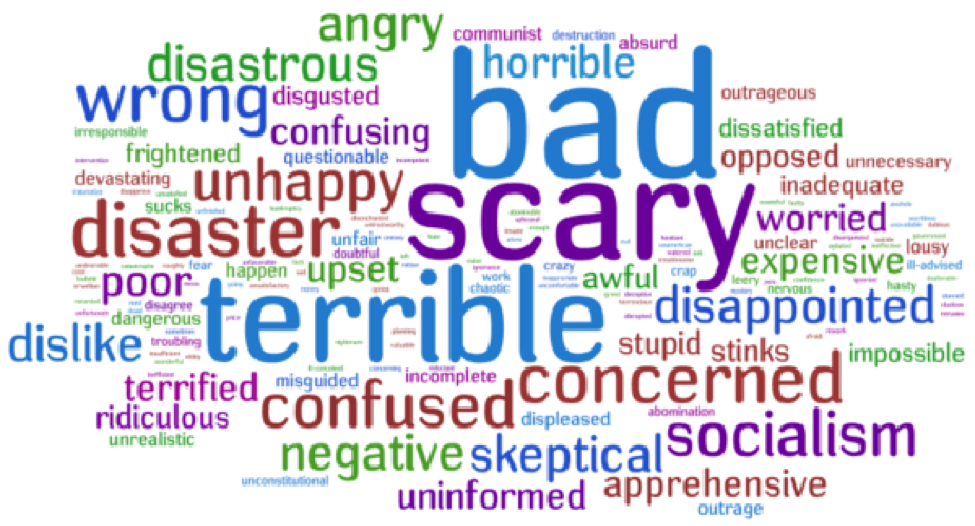Your mother likely said more than once, “If you don’t have something nice to say, don’t say anything at all.”
In reality, that can be tough to abide by.

In conversations, Q&A sessions and interviews – we can be confronted with difficult and downright ‘un-nice’ things that others are trying to get us to say. To draw us into repeating something not-so-nice by how they serve up tough questions laden with terrible, horrible, no good, very bad ( i.e. negative) words. Our instincts, well-honed by an education that drilled into us to answer questions in complete sentences, needs an upgrade.
There are three key things to remember to help avoid those negative pitfalls:
1) Remove the negative
In tough times, we’re asked tough questions. Questions often filled with negative words – fault, failure, blame, screwed up, messed up, horrible, fraud, crisis, criminal, slow, mistakes, wrong, etc. The key is to not repeat the negative language of the question in your answer. Instead, focus on the positive of what you are doing, not what you’re not doing (…double negative alert!!) Here’s an example:
Question: Hasn’t your company been extremely slow to respond to data breaches?
Wrong Answer: Our company hasn’t been extremely slow in responding to breaches. (repeating the negative language & accusation)
Better Answer: No, in fact our company has been on top of responses and we’re proud of the protocols we’ve put in place to…
2) Rephrase or reframe
It’s not just in media interviews when we face tough questions. Sometimes, the curveball comes from the audience during a Q&A session. In this case, take on the question and make it your own – albeit without the negative-laden words. Using that same example question:
Question: Hasn’t your company been extremely slow to respond to data breaches?
Rephrase the question (stripping out the negative): How has our company’s response time been for data breaches?
Then answer the question: Our company has been on top of recent breaches, with a response time at the head of our industry…
3) Bridge when necessary
Whether you’re in a media interview or taking questions from an audience, sometimes you just don’t have the answer to that negative question. That’s when the useful dialogue skill of bridging comes into play. Going from what you are asked, to what you are able to answer.
Question: Hasn’t your company been extremely slow to respond to data breaches?
Answer: While I can’t speak to/don’t know our response time in relation to other industries, I can tell you that we are always looking at our protocols and how we can improve in order to ensure the safety of our customers data.
Takeaways
- Remove the negative
- Rephrase or reframe
- Bridge when necessary
And remember, it is not about completely ignoring and avoiding the tough questions. None of us (well, most of us), don’t aspire to be politicians on a debate stage. It’s about framing your answers in a way that allows you to share what you are doing, and not have that information be muddied by negative-laden words. If this seems too much to tackle when faced with those tough questions, remember another important ‘R’ – reflection. Don’t ever be afraid to take a moment and think through your answer before opening up your mouth with a response. Reflect, remove the negative and reframe.



